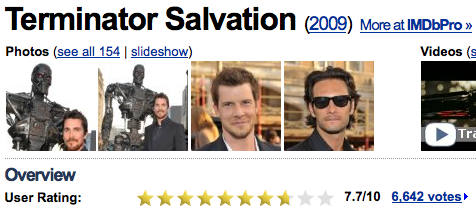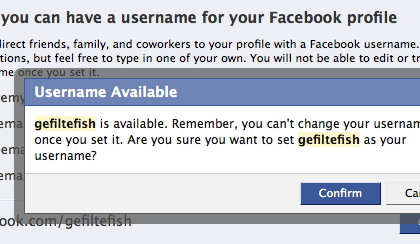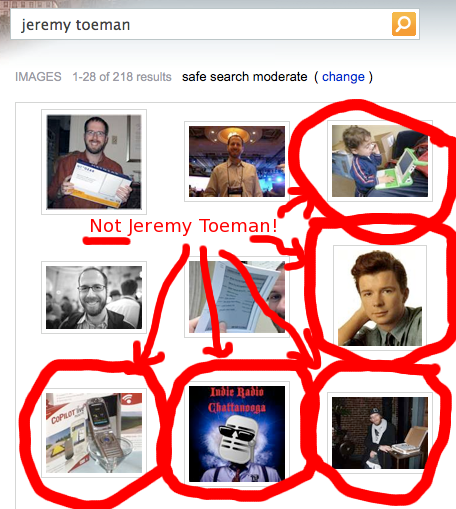 Okay, the title is completely misleading, these were never lost, I merely forgot to actually post them. Been busy, sorry bout that.
Okay, the title is completely misleading, these were never lost, I merely forgot to actually post them. Been busy, sorry bout that.
This was my first year going to the TC40/50 event, and I had a pretty good time. The demopit was full of a lot of interesting (some not-so-much) companies. I watched a few of the on-stage presentations as well, and it’s clearly a “sign of the times” that there were no Earth-shattering new startups unveiled. No offense intended, there were some very good startups, but I didn’t see anything that I thought was going to change the way I think about the world or technology…
But that said, here are some of the demo’s I had a chance to record:
oDesk:
yourversion:
360desktop:
h2tran:
moonit:
ecycler:
yourtour:
sulantra:
I took a handful of pictures as well, here they are.
 In an interesting move, the FTC has created a
In an interesting move, the FTC has created a 



 Virtually everything in my Netflix queue came through the internal Netflix recommendations system. It’s just plain awesome. I barely even look at the 5-star score, I have gotten so trusting of it. Granted, I don’t take every recommendation, but I can browse the “Movies You’ll 8>” and just add and add away.
Virtually everything in my Netflix queue came through the internal Netflix recommendations system. It’s just plain awesome. I barely even look at the 5-star score, I have gotten so trusting of it. Granted, I don’t take every recommendation, but I can browse the “Movies You’ll 8>” and just add and add away.
